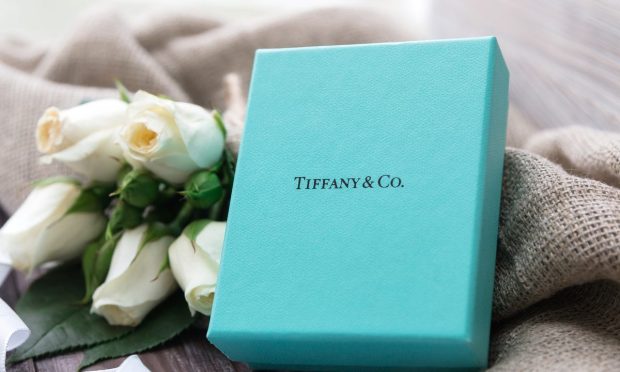Tiffany Sees Gold in Iconic Supreme Silver Heart Necklace

In the early 2000s, the heart-shaped pendant sold by Tiffany & Co. was a must-have item for young girls — for a few hundred dollars, anyone could have access to the Tiffany blue box experience, from celebrities to recent graduates.
Now, nearly two decades later, Tiffany has teamed up with clothing and lifestyle brand Supreme for a limited collection of six jewelry pieces — including a heart tag pendant whose only difference is the inclusion of the Supreme logo. The items dropped online and in stores earlier this month.
Though several resellers still have the original heart-shaped pendant available for sale — a bracelet with the accessory is available for $275 on Rebag — the new Supreme version seems to be the hotter item at present, listed on StockX for at least $750. The Supreme-Tiffany heart-shaped collaboration originally retailed for $450.
Related: 43 Pct Of Consumers Participate In Product Drops, Flash Sales
Supreme has built its business on collaborations with brands such as Levi’s, Nike, Louis Vuitton and Vans, often offering new items for a limited time during product drops and private events. PYMNTS research, conducted in collaboration with Scalefast, found that 21% of consumers have participated in product drops recently and 17% have participated in private sales.
These sales events in turn improve brand affinity, with more than half of consumers who have participated in product drops, flash sales or private sales having a higher interest in attending future events. Three-quarters of consumers who participated in at least one of these events say they are “very” or “extremely” satisfied with them.
Luxury’s Rebound
For Tiffany, the collaboration with Supreme caps an eventful year for the brand that started with an acquisition by LVMH in January and has since seen a flock of new celebrity partnerships, a new collection in which the jeweler collaborated with artists and neighborhood pop-up shops. Earlier this week, the company unveiled its more expensive piece of jewelry ever, a $30 million diamond and platinum necklace.
Tiffany, like many other luxury brands, suffered amid the pandemic when people opted for comfort over style, though the category has seen a resurgence in recent months as consumers continue to return to some pre-pandemic patterns. Last month, LVMH said its revenue rose 46% in the first nine months of the year compared to the same period in 2020, reaching more than $51 billion.
Across the holiday shopping season, Mastercard SpendingPulse projects that luxury purchases will be nearly 93% higher than last year and up 56% compared to 2019. Jewelry, which Mastercard breaks out of the luxury category, is expected to see 59% year-over-year growth and 53% growth versus two years ago.
Read more: Strong Luxury Demand Drives LVMH Sales
Amazon’s Entrance
Amazon, of course, is starting to make inroads in its own luxury marketplace, which it launched just over a year ago as an invitation-only platform for U.S. Prime subscribers before opening it to a wider set of customers. Amazon Luxury Stores carries exclusive items from myriad brands, including Oscar de la Renta, Chufy, Mira Mikati and Altuzarra, and gives customers access to a reserved customer service hotline.
See: Amazon Upgrades Luxury Marketplace With Glossy Ads Aimed At Designers, Customers
PYMNTS proprietary data show that Amazon has nearly 16% share of the total clothing and apparel category and a 48% share of apparel sold online. Overall, the Seattle-based company sees 50% of all eCommerce purchases made.
PYMNTS also reported in a recent tracker that online luxury purchases are anticipated to account for 25% of total luxury purchases by 2025, up from 10% in 2019.
Related: eCommerce Platform Fancy On Curbing Friction In Cross-Border Luxury Sales
